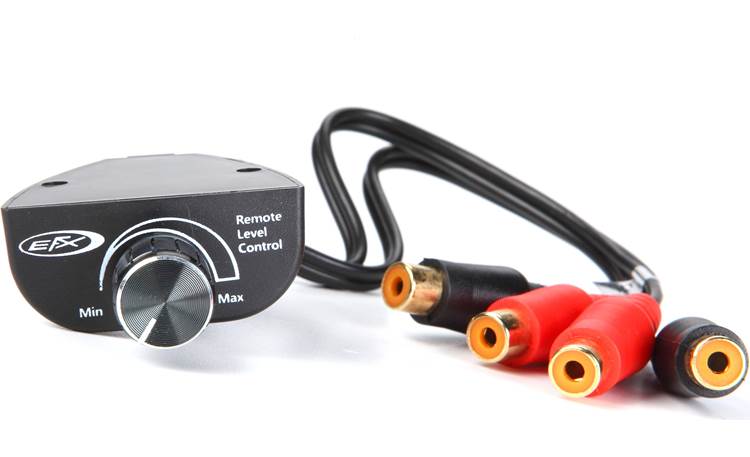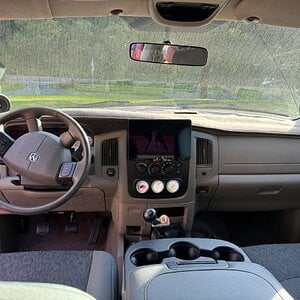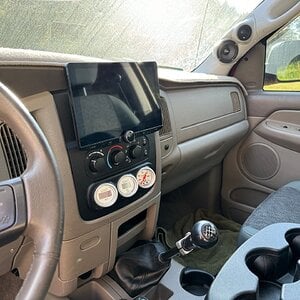I know the difference between linear and log step, but what I mean is this: there's bass knobs that I’ve seen that mess with the quality of bass, and I was wondering how the different steps are done, exactly. There has to be some kind of internal changes to make the different voltage outputs. The amount of processing that a bass knob does, and whether it's powered or not, would seem to affect signal quality, potentially. I've seen in-line RCA bass knobs work, but really mess up signal quality, and even seemed to change some frequencies more than others. The bass knob would seemingly hinder the signal. I feel like there's a risk with in line bass knobs, where the signal gets changed or distorted as it makes it's way through the components of the bass knob.
I've seen that happen enough times that I'd very much opt for a high quality bass knob, and make sure it absolutely works. What I was wondering was: how is the signal voltage modified within the internal components or electrical flow through the bass knob between the two different types of bass knobs? And should you have powered bass knobs that are able to amplify the signal, due to that resistances inside of the bass knob? Idk, I guess I need to study the actual electrical wiring of the different types and how they step.
You know, I've seen wall light fixtures that have potentiometers as the light switch, and I'm sure many of you have, too. I've noticed my entire life that some of those switches make the lights actually make noise. I wonder if the same type of thing can happen with bass knobs, where distortion is added into the signal. You know, your house AC current is ~60 hz, so your halogens are energized at that cyclic rate, which you could here, if it was sound. I can't hear halogens without a potentiometer, but I definitely know some potentiometers on halogen house lights can make them make noise, and some others seem not to do that. So, you have to get into the functioning of how one actually works, and how the internal components actually change the status of the voltage. That's what I'm wondering if anyone knows about.



